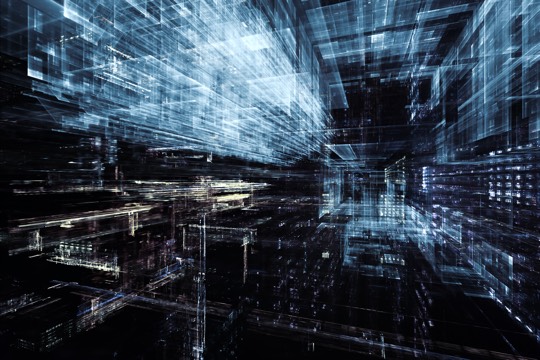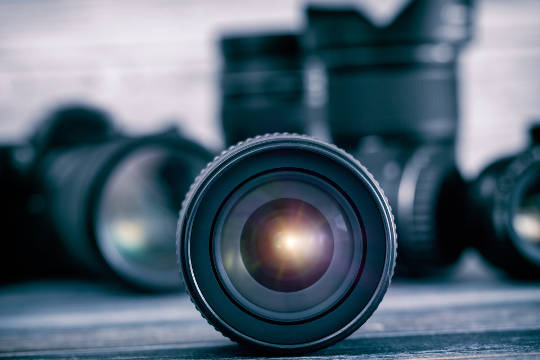TECHNOLOGY FOCUS
CMOS image sensors are becoming more and more complicated. In the mid-nineties the devices were simple image sensors, but over the recent years they have become complete camera systems.
Characterization and evaluation of these highly sophisticated SoC's (system-on-chip) is no longer straightforward.
Furthermore the pixels of the sensors are becoming extremely small and their limited size can have negative effects on dynamic range, light sensitivity, noise and speed.
In the context of further optimization of the imaging functionality, it is of great importance to have a good understanding of performance-limiting parameters of the system. These can only be revealed by performing dedicated measurements on the image sensors and/or on the complete camera systems.


COURSE CONTENT
In this course, the image sensor will be characterized with light input. First the fixed-pattern noise (= correlated noise) will be measured, and next the temporal noise (= uncorrelated noise) will be characterized. All measurements will be based on an existing camera and with uniform light input. For both noise types, correlated and uncorrelated, some extra statistical operations will allow to split the overall noise characterized into a contribution on row level, on column level and on pixel level. This gives very useful information on where to find the root cause of the noise sources.
At the end of the measurement cycle of noise with light, the following parameters can be retrieved : offset of the sensor, saturation level or full-well capacity, noise floor in dark, conversion gain, dynamic range, maximum signal-to-noise ratio, total fixed-pattern noise with light, row contribution to the fixed-pattern noise, column contribution to the fixed-pattern noise, pixel contribution to the fixed-pattern noise, total temporal noise with light, row contribution to the temporal noise, column contribution to the temporal noise, pixel contribution to the temporal noise.
Not only the measurement process will be explained, but also extensive comments will be given to the obtained results. In this way the course participants learns how to do the measurements, as well as how to do the interpretation of the results generated by means of the measurements with light.
WHO SHOULD ATTEND
The course is intended for engineers that already have some experience in the field.
It can be regarded as a continuation of courses;

Fixed Noise with Light
1. Introduction Video
Images: Seeing is believing
2. Assignment
3. Theory Fixed-Pattern Noise
4. Results Fixed-Pattern Noise
5. Saturation Pixel
6. Exposure time Fixed-Pattern Noise
Quiz - similar measurement
7. Histograms
8. Assignment Row FPN
9. Row Fixed-Pattern Noise Calculation
10 - Results: Row Fixed-Pattern Noise
11. Assignment: Column FPN
12. Results: Column FPN
13. Assignment: Pixel FPN
14. Results: Overview
15. Warning Sign!
Quiz - true or false
Temporal Noise with Light
1. Assignment: Temporal Noise
Image: Temporal Noise Calculation
2. Theory: Temporal Noise
3. Result: Temporal Noise
4. Results: Temporal Noise part 2.
5. Results: Dynamic Range
Quiz - true or false
6. Assignment: Row Temporal Noise
Image: Row Temporal Noise Calculation
7. Result: Row temporal noise
8. Assignment: Column Temporal Noise
9. Results: column temporal noise
10. Pixel temp noise
11. Conclusion
12. Warnings
Said about the course from previous participants:
"The course offers the opportunity for image sensor designers the best way to evaluate a sensor."
"Clear explanations. Interactivity."
"You could directly see results."

